I've been doing a lot of thinking these days about "culture of innovation" -- trying to get down to the root of what the heck it's all about.
It's easy to wax poetic about the topic (and a lot of people do), but too much of the stuff I've been reading sounds like bad advertising copy for motherhood and apple pie.
So, at the risk of oversimplifying the whole thing, here's my blogospheric whack at boiling the mumbo jumbo down to the core.
If you want to create a sustainable culture of innovation, you will need to understand that there are always four forces at work -- four currents that are always interacting with each other:
1. Top Down
2. Bottom Up
3. Outside In
4. Inside Out
1. TOP DOWN: It is essential that the leaders of your organization play a "culture-enhancing role" far more than they currently do. They may not think they have the time or the experience, but they've got to step up to the plate and really own the effort
The people in the trenches need to know that the head honchos not only care about innovation, but are willing to do whatever it takes to establish a company culture conducive to it.
I'm not advocating phony pep talks from the C-Suite. I'm advocating that senior leaders actually lead the effort. I'm advocating that all those wonderful people with three letter acronyms after their name walk the innovation talk... stir the soup... shake and bake... and do everything they can do to martial company resources in whatever way is necessary to transform "business as usual" to "I love this place and I can't wait to get to work." Yes, it's possible.
2. BOTTOM UP: If an organization wants to innovate, it will need to get everyone into the act. Not just senior leaders. Not just R&D. Everyone. Ideas -- the fuzzy front end of innovation -- can come from anywhere, anytime. When an organization really GETS this and finds new ways to tap the collective brainpower of the workforce, the culture starts changing for the better. People become more proactive. More energized. More passionate about their work.
Indeed, it could easily be said that the democratization of the workplace is one of the most important social movements of the 21st century. As power and decision-making trickle down, creative output ratchets up. People become self-organizing, self-directed and, on a really good day, selflessly committed to being a force for positive change.
3. OUTSIDE IN: Establishing a culture of innovation is only meaningful if the fruits of the effort yield the kind of results that are valued by your customers. Otherwise, the effort to "change the culture" will turn into some kind of weird, solipsistic ritual that will have no impact on the people you are serving.
Do you know who your customers are? Do you know what they want? Do you have any kind of process in place to track changing market conditions, demographics, and emerging trends? Have you figured out how to get real feedback and input from your customers -- how to include them in your ideation process?
4. INSIDE OUT: Ah... now we're really getting down to it. If you want a culture of innovation, you will need to find a way to unleash the passion, fascination, and inspiration of your workforce. Not by dangling carrots and sticks, but by finding a way to activate the innate desire for meaning, enjoyment, and success that is buried deep within the bones of every single person who shows up for work day after day.
Organizations don't innovate. People do.
If you can find a way to unlock the primal mojo of your workforce, you won't need to manage as much as you do. You won't need to rely so heavily on incentive plans, performance reviews, pep talks, frowns, and punishment.
That stuff only exists because your workforce is disengaged.
But when people are on fire with purpose, in touch with their own authentic desire to create, a culture of innovation will naturally evolve.
Mitch Ditkoff is the President of Idea Champions and the author of a very popular blog, the Heart of Innovation.
